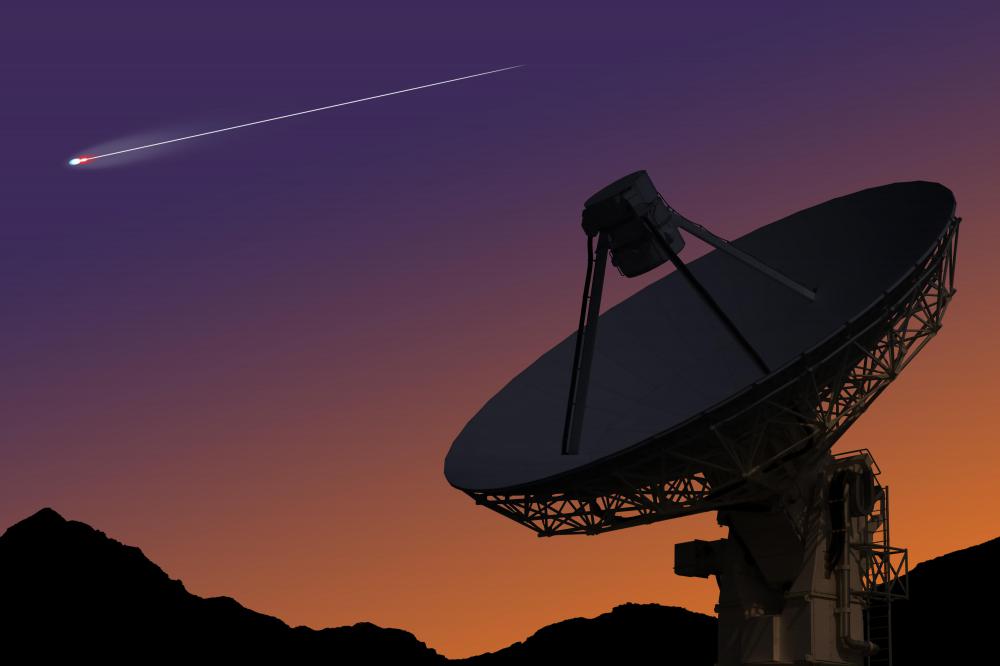At WiseGEEK, we're committed to delivering accurate, trustworthy information. Our expert-authored content is rigorously fact-checked and sourced from credible authorities. Discover how we uphold the highest standards in providing you with reliable knowledge.
What Is Astrometry?
There are several branches of astronomy, one of which deals mainly with the analysis of the motions and positions of celestial objects. This branch, called astrometry, also involves the measurement of other quantities, such as the diameter of the planets, and the evaluation of the orbits of double-star components. The four classes of astrometry are small-field astrometry, semi-global astrometry, ground-based astrometry, and space astrometry. Astrometry is also referred to as positional astronomy due to its main role in the examination of star positions. It is considered one of the oldest branches of astronomy.
In ancient times, one of the quantities determined in astronomy was the altitude of celestial objects using instruments such as the quadrant, the Jacob’s staff, and the gnomon. These instruments, however, were not considered good enough to obtain accurate measurements. With the invention of more sophisticated tools such as the telescope, pendulum clock, and micrometer in the 17th century, measurements became increasingly accurate. In the 18th century, astronomers discovered that the stars have their own movement, which had been termed proper motion. Since then, the establishment of star positions and the measurement of stellar parallaxes, or differences in the apparent position of a star when viewed from two different places, caused by the movement of the Earth around the Sun became two important goals in astronomy.

Two coordinates can give the position of a celestial body, usually designated as declination and right ascension. Additionally, the position of stars can be determined using two methods: absolute method and differential method. The absolute method can be done by reading the altitude of a star on the transit circle and timing its transit in order to measure the coordinates of the star independently of those of other stars. Meanwhile, the differential method can be performed by comparing the position of a star to those of other stars, which are called fundamental stars. For differential observations, the most predominantly used method is the photographic method, in which a star whose position is being measured is photographed with fundamental stars, with measurements made on the photographic plate itself.

No matter how great these methods could be, however, the periodic revision of fundamental catalogs is important simply because all celestial objects are constantly in motion. Moreover, the establishment of parallaxes can only be calculated to a distance of approximately 3,000 light-years. Beyond that distance, astronomers can only estimate the movements and distances of celestial bodies according to various astrophysical assumptions. To establish the positions of very distant celestial objects, astronomers use instruments such as radio and interferometer. The use of astrometric satellites, such as the one launched in 1989 called Hipparchos, is also important in the field of astrometry.
AS FEATURED ON:
AS FEATURED ON:













Discuss this Article
Post your comments